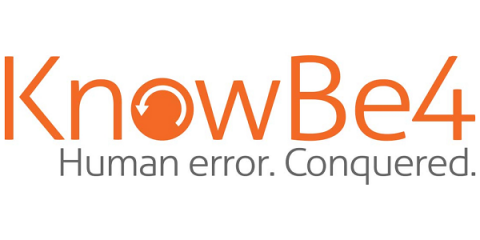Security | Threat Detection | Cyberattacks | DevSecOps | Compliance
opsdemon
Latest posts
A Comprehensive Look at Automated User Account Options and Practices
Each individual in your organization needs a user account to access data, applications, servers, cloud services and other resources. If you have just a few accounts, you may be able to create, secure and govern them throughout their lifecycle using manual processes. However, manual processes are highly prone to human errors and do not scale to meet the needs of any but the smallest businesses. Instead, most organizations need automated user management tools.
Fighting Ransomware: Using DLP Solutions to Protect Your Organization
Ransomware has evolved over the years and is now targeting organizations of all sizes with both file encryption and information exfiltration. In 2024, 59% of organizations experienced at least one ransomware attack, costing them billions in losses from damage, downtime, and data loss. Though firewalls and antimalware programs have their merits, they alone cannot provide protection from both data encryption and theft.
Why Controversial Phishing Emails Do Not Work
Frequently, when a cybersecurity training manager sends out a controversial simulated phishing attack message that angers a bunch of employees and ends up making headlines, we get called by the media to comment on the story. Here are some examples of potentially controversial simulated phishing messages: I have read many stories of security awareness training managers sending simulated phishing emails with these types of messages, often around Christmas or other national holidays.
New Measures Signal Progress for Stalking Victims in the UK
The Home Office has introduced new guidance aimed at strengthening protections for stalking victim-survivors in England and Wales. Under the updated measures, police will be required to inform individuals if they uncover the identity of a stalker, including those operating anonymously online. Additionally, stalking protection orders will be toughened to prevent convicted stalkers from contacting their victims while in prison.
CrowdStrike Named a Leader in 2024 Frost Radar for Cloud-Native Application Protection Platforms
Frost & Sullivan has recognized CrowdStrike as a leader in its Frost Radar for Cloud-Native Application Protection Platforms (CNAPP) for the third consecutive year. CrowdStrike Falcon Cloud Security continues to set the standard for securing hybrid and multi-cloud environments, as evidenced by our placement at the forefront of both the Innovation Index and Growth Index.
FBI Warns of Cybercriminals Using Generative AI to Launch Phishing Attacks
The US Federal Bureau of Investigation (FBI) warns that threat actors are increasingly using generative AI to increase the persuasiveness of social engineering attacks. Criminals are using these tools to generate convincing text, images, and voice audio to impersonate individuals and companies. “Generative AI reduces the time and effort criminals must expend to deceive their targets,” the FBI says.
Say hello to Splunk Enterprise Security 8.0
If you haven't already, say hello to Splunk Enterprise Security 8.0.
Cybersecurity Leadership Transitions with Maria Roat, Former US Deputy Federal CIO
Welcome to the Data Security Decoded podcast, brought to you by Rubrik Zero Labs. In each episode, we discuss cybersecurity with thought leaders and industry experts, and get their take on trends, themes, and how they see data security evolving. This is a must-listen for security and IT leaders looking to better understand trends shaping data security and how they can achieve cyber resilience.
Building a Modern SOC: Architecture, Challenges, and Success Stories
What does it take to create a truly modern Security Operations Center (SOC)? In this session, we’ll dive into the essential components and architecture that define a cutting-edge SOC, exploring the challenges that organizations face during the modernization process. Through real-world examples, we’ll showcase how forward-thinking clients are successfully navigating these challenges and transforming their SOCs into modern security powerhouses.
The Rise of Phishing Attacks: How New Domain Extensions Are Fueling Cyber Crime
In recent years, the world of cybersecurity has witnessed a concerning trend: a significant increase in phishing attacks. A new study reveals that these attacks have surged by nearly 40% in the year ending August, 2024. What's particularly alarming is the role played by new generic top-level domains (gTLDs) in this spike. While gTLDs like.shop, .top, and.xyz make up only 11% of new domain registrations, they account for a staggering 37% of reported cybercrime domains.











